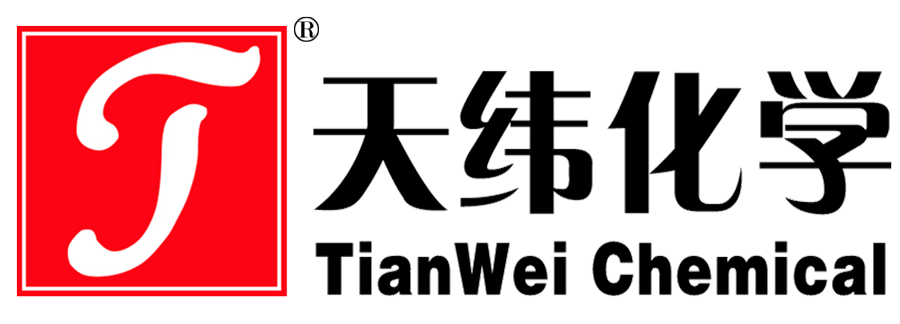Classification of bactericidal preservatives
There are many kinds of sterilization preservatives, which can be divided into inorganic sterilization preservatives and organic sterilization preservatives according to the different molecular structures.
1, inorganic bactericidal preservatives
According to its different principle of action, it can be divided into oxidation type and reduced prototype. Reductive antiseptic is due to its reducing capacity and has a bactericidal effect and bleaching effect, such as sulfite and its salt, mainly used as bleach agent; Oxidizing antiseptic is the use of oxidation capacity and sterilization, this kind of antiseptic capacity is strong, but the chemical properties are more unstable, easy to decompose, the effect can not last, and there is odor, so it is used for equipment, containers, semi-finished products and water disinfection and sterilization, mainly including chlorine preparations and peroxide.
2. Hypochlorite
Hypochlorite is a traditional bleaching agent, in which the available chlorine has a strong bactericidal effect, chlorine can invade the microbial cells, destroy the enzyme protein in the cell, or inhibit the enzyme sensitive to oxidation, resulting in microbial death. Hypochlorite has a killing effect on many microorganisms such as reproductive cells, spores, viruses, yeasts, molds, etc. The bactericidal effect is enhanced under high temperature, high concentration, long time and low pH value.
3. Chloramine
Chloramine is an effective weak oxidizing fungicide. Chloramines used in paper mills are usually directly mixed with sulfuric acid and bleaching solution (18-20 g/L available chlorine). The mixed reaction varies according to the pH value of the solution, the reaction product is NHC12 when the pH value is 5, and the reaction product is NH2Cl when the pH value is above 7. The amount of chloramine added to the pulp is 0.03%-0.05% of the pulp amount. If used in white water, chloramine is 3-5m/L of white water.
When manufacturing and using chloramines, it should be carried out under alkaline or weakly alkaline conditions, if the pH value is too high, it will reduce the bactericidal ability. The advantages of using chloramines are low cost and good effect, but the disadvantages are large odor, affecting the operating environment and unfavorable to human health. In order to prevent bacteria from developing resistance, alternating the use of chloramine and copper sulfate according to the cleaning cycle will have a good effect.
4, organic antiseptic
Organic bactericidal preservatives have the advantages of high efficiency, low toxicity and good biodegradability, and are widely used in the paper industry. At present, organic sulfur, organic bromine and heterocyclic compounds containing nitrogen and sulfur are mainly used.
There are many domestic companies committed to the research and sales of this kind of fungicide, concentrated in East China (Nanjing Gutian), South China (Guangzhou Guyi).
5. Organic sulfur
The representative product is methylene dithiocyanate (MBT). MBT sterilization spectrum is wide, bacteria, fungi, algae have obvious killing effect, can be used in pulp and paint anticorrosion. When used, MBT can be mixed with solvents and other synergists into a solution with a mass fraction of 10%, and when the addition amount is 7.5m/L, the sterilization rate can reach more than 99.8% within 30min, which is suitable for systems with pH value less than 11.
Commonly used organic sulfur antiseptic and benzothiazole-3-ketone, this preservative is very toxic to people and other animals, per ton of paper added 45-170g can effectively prevent pulp generation; When used for coating anticorrosion, its dosage is 0.015%-0.03% of the paint quality.
6. Organic bromine
2, 2-dibromocyanoacetamide is one of the typical organobromine bactericidal preservatives. It has killing and inhibiting effect on bacteria and mold, and can be used for coating and pulp anticorrosion. It is very easy to decompose, and the decomposition rate accelerates with the increase of pH value and temperature, such as at 25℃ and pH 6.0, it can be stable for 155h, and at pH 9.7, it is decomposed in only 6min. Therefore, it is suitable for use in medium-acid systems.
7. Heterocyclic compounds
For example, 1,3, 5-trihydroxyethyl have three throes, which have strong killing and inhibiting effects on aerogenes, pseudomonas aeronogenes, blastospore and Escherichia coli, mainly used for paint anticorrosion, and can also be used for pulp anticorrosion, with a wide range of pH values, and stable in a strong alkaline system. l, 2-benzoisothiazolin-3-one (BTT) is effective against bacteria, molds, yeasts and sulfate-reducing bacteria, especially against Gram-negative bacilli. It can be used for corrosion protection of coatings and pastes. It is acid-base stable and can be used in a wide pH range.
The newly emerged isothiazolinones (also known as cassone), whose main components are 5-chloro-2-methyl-4-isothiazolin-3-one (CMI) and 2-methyl4-isothiazolin-3-one (MI), have excellent antibacterial effects on a variety of bacteria, molds, yeasts and algae. The high efficiency, broad spectrum and environmental protection of this kind of antiseptic has also been recognized by the world, and can be applied to the sterilization and antiseptic of pulp, white water and paint, and the pH value is 4-8.




